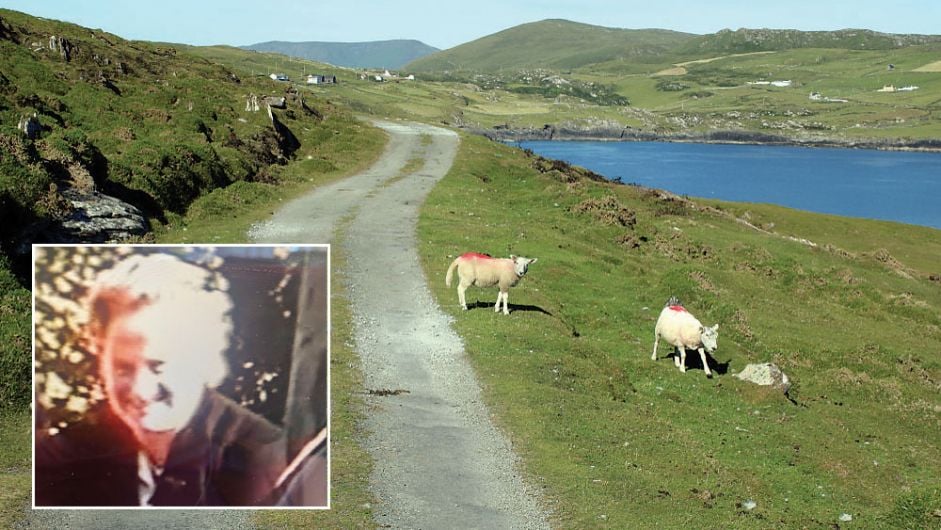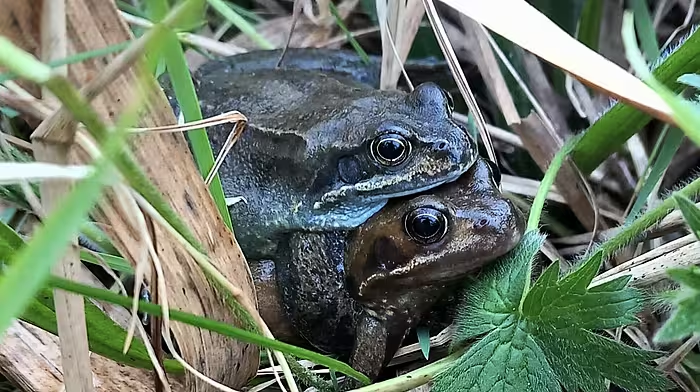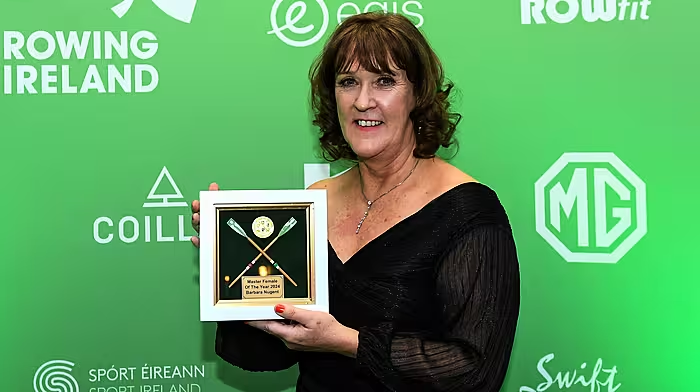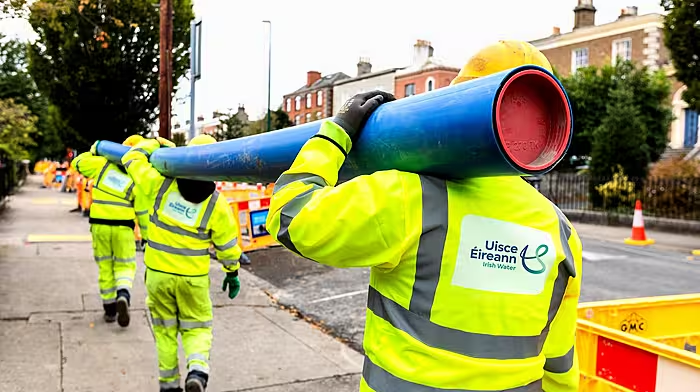A West Cork woman features in a new exhibition on community nurses and midwives. But this nurse didn’t just tend to islanders – British military personnel and their families were also within her remit, writes Helen Riddell
A NEW exhibition on the role of community nurses and midwives currently running at the Museum of Country Life in Co Mayo includes the story of Mary Mullins, the community nurse on Bere Island from 1935 to 1975.
The exhibition, ‘Exploring the life of the District Midwife and Nurse Mary Anne Fanning from 1880 to 1964’, seeks to highlight and celebrate the often-unsung contributions of community midwifes to maternity care in Ireland in the early 20th century.
Mary Mullins was born in 1910 and was the longest-serving nurse on Bere Island.
In a recording made with her in 1986 she recounted her childhood, from her training at the North Infirmary in Cork, through to working at the Erinville Maternity Hospital in the city, before returning to work on the
island.
Mary lived and worked through a unique period in Bere Island’s history. When she was born in 1910, the island was a British Admiralty base which, during WW1, also saw visits by US Navy warships.
In 1922, with the signing of the Anglo Irish Treaty, Bere Island became one of Ireland’s three Treaty Ports, and for the first three years of Mary’s nursing career on the island, it was still under British rule.
As a result, she sometimes tended to the families of British military personnel. Bere Island was officially handed back to the Irish government in 1938.
Living in a military zone came with its own hazards. To treat her patients on the western end of the island, she had to cross a military checkpoint and was almost shot one night, while on a call, by an overzealous sentry guard.
Mary cycled the length and breadth of the island, tending to her patients until a serious cycling accident led to her learning how to drive. So, in 1956, she became the first female car owner on Bere Island. In an interview with Radio Eireann in 1959 she recounted one particular
emergency case – a day of atrocious weather, when the crossing to the mainland and hospital seemed nearly impossible.
Mary asked around, looking for a boat crew to take the risk.
Eventually, four rowers were found to take on the task and, with nurse and patient crouching in the bottom of the boat, they set out.
The dangerous journey ended with a safe landing and the patient’s recovery after hospital treatment in Castletownbere. The exhibition in Co Mayo was organised by the Irish Community Archive Network (iCAN), of which Bere Island Projects Group is a member, and is one of a number of initiatives by iCAN in their work to document and digitise local heritage.
The exhibition will run until early 2025.








